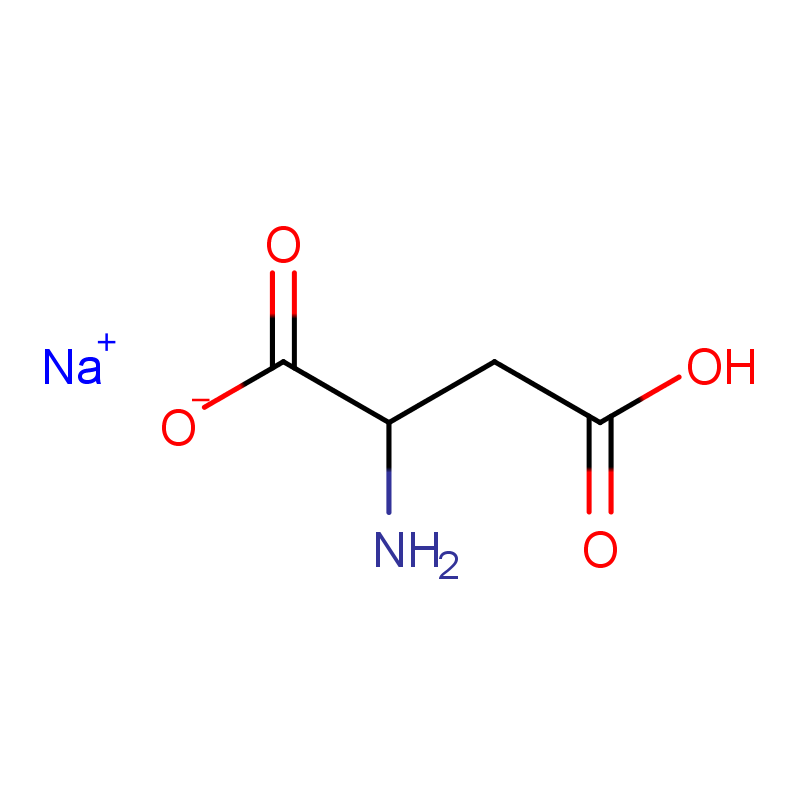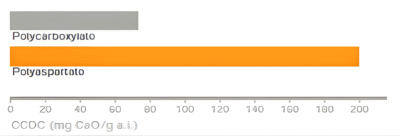
Sodium Polyaspartic Acid (PASP)
PASP serves as a builder with encrustation prevention properties, protecting metal parts in washing machines, and is suitable for colored fabrics. It prevents graying of clothes and acts as a detergent booster, helping with grease and soot removal in the detergent industry.
Compared to phosphonates and polycarboxylates (acrylic acid-maleic anhydride copolymers), polyaspartate has a much higher dispersing power, approximately three times greater.

Considering that polycarboxylates and phosphonates interact with each other and together cause increased incrustation and redeposition of dirt on clothes, polycarboxylates are used in formulas that do not contain any phosphates or have a low phosphate percentage.
Since the presence of zeolite in detergent products is unavoidable, the use of co-builders becomes essential. Zeolites form insoluble deposits with interfering ions, which can cause graying, particularly on black fabrics. On the other hand, calcium and magnesium ions, when combined with carbonates, sulfates, silicates, phosphates, and anionic surfactants, can form deposits that lead to graying of fabric fibers and the formation of films on fibers and surfaces. Therefore, before these deposits can form, the polyaspartate product prevents these issues by inhibiting these ions.
| Water Solubility | Calcium Dispersion Capacity | Calcium Exchange Capacity | Active Ingredient (%) | Chemical Structure | Appearance | Product name |
|---|---|---|---|---|---|---|
| Completely soluble in any ratio | Not defined | 225 | 34 | Sodium salt of iminodisuccinic acid | Colorless to yellowish, Clear | IDS-Na4 |
| Completely soluble in any ratio | 200 | Not defined | 40 | Sodium Polyaspartic Acid (PASP) | Dark Brown, Clear | PASP |
| - | 70 | 232 | 45 | - | Yellowish | Acrylic Acid-Maleic anhydride |
Considering that polycarboxylates and phosphonates interfere with each other and together cause increased incrustation and redeposition of dirt on clothes, polycarboxylates are used in formulas that do not contain any phosphate or have a low phosphate percentage. Therefore, according to the table above, using IDS-4Na and PASP products together, one acts as a chelating agent and removes interfering metals, and the other acts as a dispersing agent.

